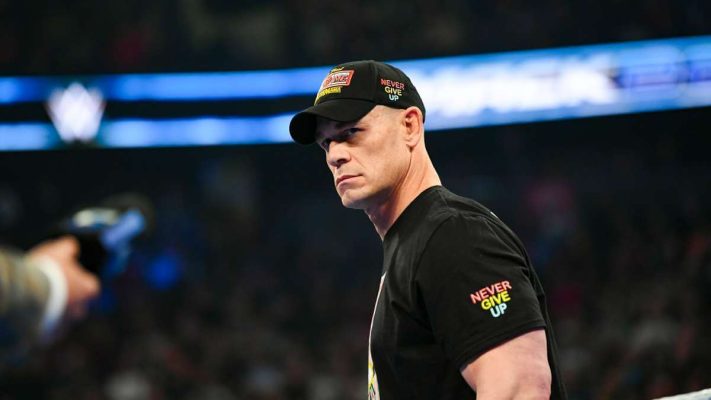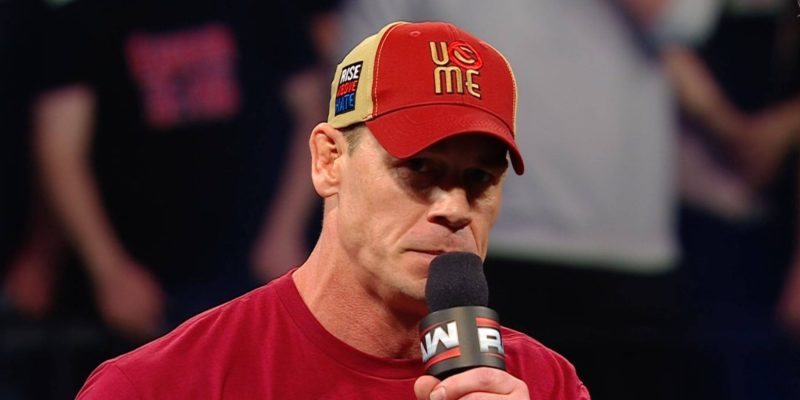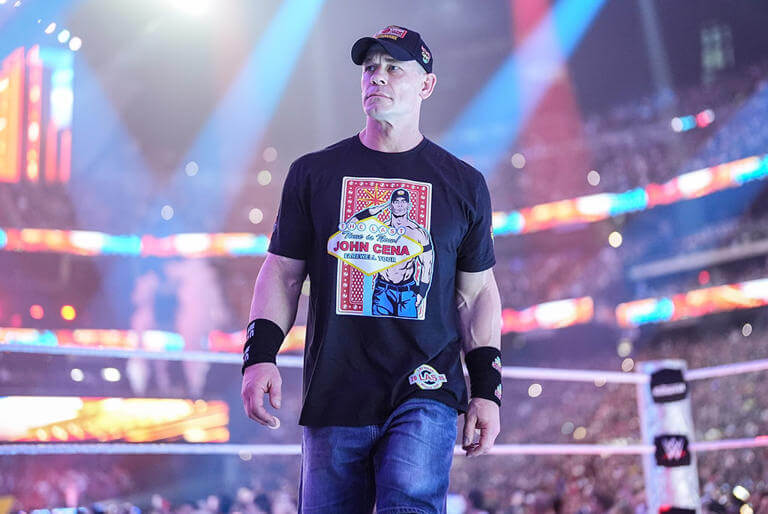world news
John Cena’s Hair Transplant Journey: Redefining Confidence and Public Perception
Wrestling with Image: The Growing Pressure on Public Figures
For decades, John Cena has been the face of strength, resilience, and discipline. As a 16-time WWE World Champion, blockbuster movie star, and one of the most recognizable figures in pop culture, he’s long been admired for both his physicality and charisma. But in an unexpected twist, Cena recently opened up about something deeply personal and far more relatable: his hair.
In April 2025, Cena revealed on “The Pat McAfee Show” that he underwent a hair transplant procedure late last year. He cited the growing teasing and chants from fans about his receding hairline and prominent bald spot as a catalyst for the decision. What stood out in the announcement wasn’t just the procedure itself — many celebrities undergo cosmetic work — but the vulnerability with which he discussed it.
John Cena is not the first public figure to face scrutiny over appearance, nor will he be the last. But the unique challenge for someone in his position lies in being both idolized for strength and simultaneously scrutinized for perceived imperfections. His audience is often vocal, particularly wrestling fans who chant and comment relentlessly during live shows and social media interactions. Cena has spent a lifetime building a character of invincibility — but even superheroes can feel the sting of mockery.
This moment represents a major shift, not just in Cena’s public image, but in how we think about masculinity, vanity, and the right to personal care. While cosmetic surgery for men has grown in popularity over the years, many still shy away from admitting to it. Cena’s openness pushes back against this taboo.

Breaking Down the Procedure: A Bold Step Toward Self-Care
John Cena’s description of his hair transplant was candid and educational. He explained that the transplant involved removing healthy hair follicles from the sides of his head — areas typically resistant to hair loss — and implanting them into balding areas on top. This method, known as follicular unit extraction (FUE), is one of the most advanced and effective procedures for combating male pattern baldness.
While the surgery was relatively simple, the process of recovery is far from instant. Cena pointed out that the hair that gets transplanted usually falls out shortly after the procedure. This can be alarming for some, but it’s a natural part of the process. After the shedding phase, new hair begins to grow from the implanted follicles, eventually blending in with the rest of the natural hair.
He joked about the idea of growing long, flowing hair — a humorous exaggeration that masked a more serious topic. Hair loss can significantly affect self-esteem, even for someone as confident and composed as John Cena. By sharing his experience with levity and honesty, he demystified the process and gave it a face: his.
More importantly, Cena normalized the idea that self-care doesn’t have to be gendered. In a society where men are often discouraged from addressing aesthetic concerns, he demonstrated that taking action for personal confidence is not only acceptable but commendable. His fans — from young boys watching WWE to older adults facing the same issue — now have a visible role model who made an empowering choice.
Beyond Vanity: Facing Public Scrutiny and the Toll of Bullying
Despite his reputation as a tough guy, John Cena revealed the emotional impact that came from relentless teasing. In his interview, he pointed out that the taunts — especially from WWE crowds — began to wear on him over time. It wasn’t just casual ribbing. It was consistent, loud, and public.
He described this as a form of bullying — and he’s right. Being in the public eye doesn’t make someone immune to the psychological effects of ridicule. In fact, it can intensify them. When tens of thousands of fans chant about a bald spot during live events, and when millions share memes or jokes on social media, it amplifies the pressure tenfold.
Cena’s comments serve as a sobering reminder that celebrities are human. Fame does not shield a person from insecurity. For all his muscles and accolades, Cena admitted that the jokes cut deep, and that ultimately, the procedure was about taking back control over something that was bothering him — not to appease others, but for his own peace of mind.
By labeling the teasing as “bullying,” Cena also reframed the conversation. Often, we think of bullying as something limited to childhood or adolescence. But adults — especially public figures — face it too, particularly through the megaphone of social media. The courage it took to stand up, acknowledge the impact, and address it head-on, not with anger but with action, is part of what makes Cena a role model.

A Cultural Turning Point: Normalizing Cosmetic Procedures for Men
Cena’s admission comes at a time when societal norms around male beauty are rapidly evolving. For years, cosmetic enhancements were primarily associated with women. While men have always undergone these procedures, there was an unwritten rule: don’t talk about it. Cena just broke that rule — and in doing so, he opened the door for others.
Hair transplants in particular are becoming more common. According to the International Society of Hair Restoration Surgery (ISHRS), over 1.4 million hair restoration procedures are performed globally each year — and a growing number of patients are men between 30 and 55. The stigma is shrinking, but representation still matters. When someone like John Cena — a man known for grit, toughness, and traditional masculinity — openly shares his experience, it shifts perceptions.
This also reflects broader changes in male grooming and wellness culture. From skincare to plastic surgery, men are embracing the idea that looking and feeling good isn’t vain — it’s human. Social media influencers, athletes, and actors are beginning to speak out, and Cena has now joined that chorus.
What sets his story apart is the visibility and honesty. He didn’t wait until his hair had fully regrown or until it was unnoticeable. He spoke up while still in the early recovery stages, embracing the awkwardness of the process and inviting others to feel comfortable doing the same. That’s leadership — not just in wrestling, but in life.
The New Face of Confidence: Redefining Masculinity in the Spotlight
John Cena’s hair transplant may seem like a personal aesthetic choice, but it symbolizes a much deeper cultural moment. It reflects a shifting narrative around what it means to be strong, masculine, and in control. In the past, vulnerability was seen as a crack in the armor — today, it’s increasingly seen as a mark of courage.
Cena’s willingness to share his story — not out of obligation, but as a personal revelation — speaks to his character. He wasn’t trying to sell a brand or endorse a clinic. He simply wanted to be transparent about something many men experience in silence.
In doing so, he empowered millions of fans to reconsider their own relationship with self-image. Whether it’s hair loss, skin health, or physical fitness, taking steps to improve how one feels in their own body should never be shameful. On the contrary, it’s an act of self-love.
Beyond that, Cena is helping redefine celebrity in the modern age. He’s proving that you don’t have to be invulnerable to be inspiring. You don’t have to pretend everything’s perfect to be admired. And you certainly don’t have to hide your efforts to maintain confidence and well-being. Strength, after all, is about much more than physical power — it’s about honesty, resilience, and growth.
As the conversation around male appearance continues to evolve, John Cena’s story stands as a turning point. Not just for WWE fans or cosmetic surgery patients, but for anyone who has ever felt pressure to look a certain way. His message? Be yourself — and if something bothers you, fix it for you, not for them.
Goat John Cena 2002-2025 Signature Thank You For The Memories Unisex T-Shirt
From cdcustomtees

